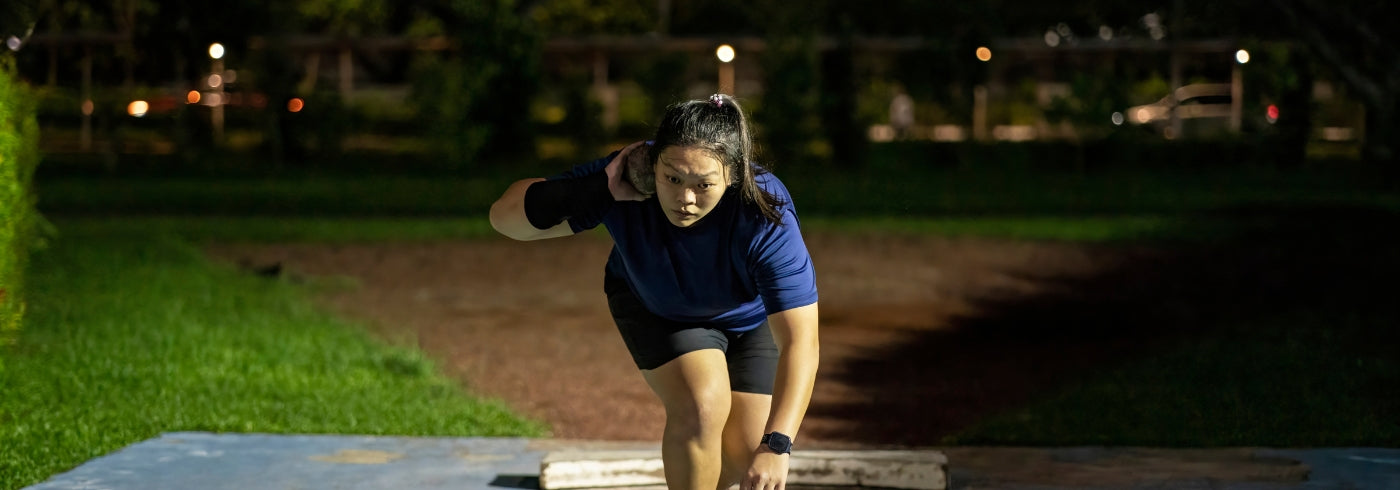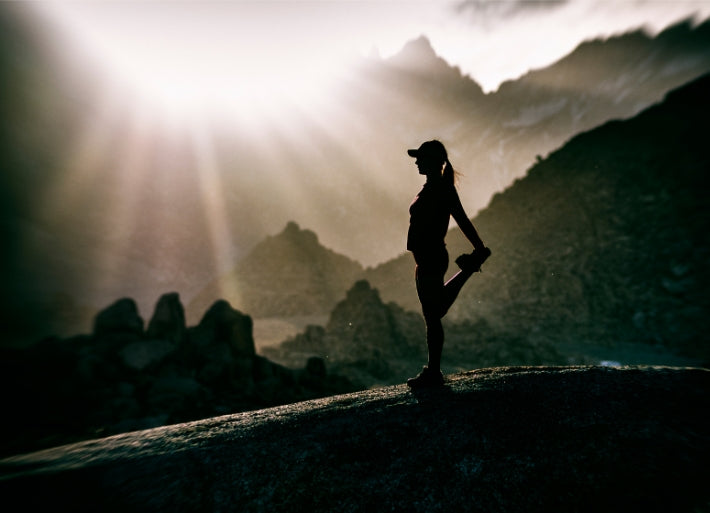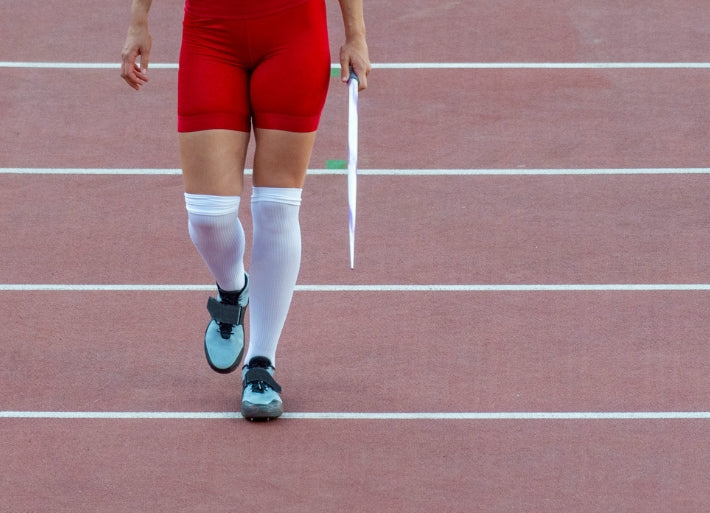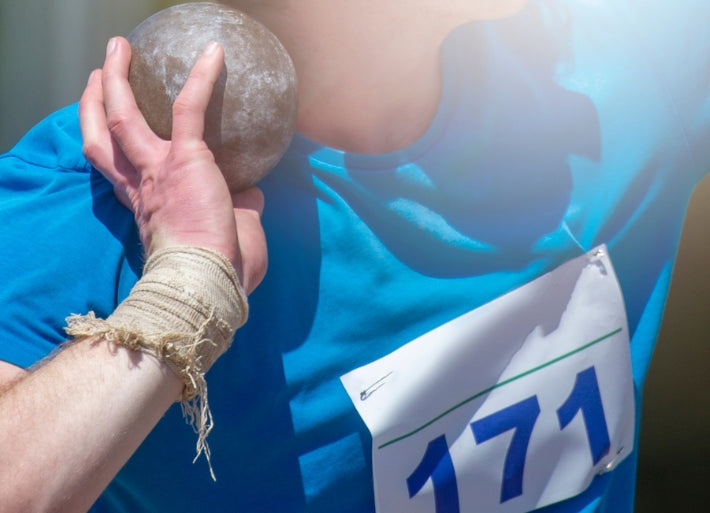
Planning Competitions & Training as a Masters Athlete
BY BECKI HALL
It’s perhaps a common misconception that, in the world of track and field, the older you get, the fewer opportunities there are to compete.
But Masters athletics in the UK is thriving, with multiple opportunities to compete indoors and outdoors nationally and internationally.
On top of the regular senior athletics fixtures such as club leagues and open meetings, Masters athletics fixtures include national championships for individual and combined events, inter-area competitions, and world and European championships indoors and outdoors.
It’d be pretty easy as a Masters athlete to compete several times a month all year round; great fun, but sadly not possible for many.
So how can those of us who are the wrong – or the right, depending on how you look at it – side of 35 plan a season of competition that balances performance, recovery and non-athletics-based commitments?
Read on to find out more.

1) Set out your priorities
If you’ve been competing in athletics for a long time, you’ll be used to sitting down and plotting which events to target each year.
With such a jam-packed schedule – and the additional requirements of work, family, and social commitments – this is hugely important for those competing over the age of 35.
Jodie Albrow is one of Great Britain’s best-performing Masters athletes. In the last five years, she won the W35 and W40 pentathlon at the World Masters Indoor Championships. She’s also picked up numerous podium places in both individual and combined events at global, European, and national competitions.
As someone who competes year-round, Jodie says she always has two plans: one for indoors and one for outdoors. “There needs to be a sufficient amount of downtime between the two”, she says. “You won’t be able to peak for every competition, so it’s important to focus on the important ones!”.
Look at the calendar of events that you’re eligible for and decide which ones are your priorities: which are you going to target for medals/performances and need to peak for; which events you’re going to use as practice competitions; and of course identify some that you’re just going to do for fun if you can fit them in!

2) Enter (and budget for) your chosen events
While entry for national events and selection for regional competitions follow similar processes to those you’ll be familiar with from junior and senior levels, competing internationally as a master requires a little more organisation.
The good news, though, is that there are no qualifying standards; if you’re over 35 and are a UK national, you can compete and represent Great Britain regardless of your standard. So that’s one less thing to worry about, but you’ll need to bear in mind that international masters competitions are self-funded – the athlete pays for entry, travel, accommodation, and kit.
Make sure you plan well in advance if you intend to compete abroad in European or world events. Accommodation tends to get booked up very quickly – often up to a year in advance.
This year’s outdoor World Masters Track & Field Championships are in Gothenburg in August – so if you haven’t yet planned where you’re staying, do so quickly!

3) Tweak your training according to your schedule
You’ve planned your target events, you’ve paid for your entry, and you’ve (hopefully!) secured your flights and accommodation; the next thing to think about is tailoring your training schedule.
The last thing you want to do is go into one of your priority events and already be tired from a heavy training block.
Make sure the days and weeks leading up to the competition include sufficient rest days – at least two a week – as well as plenty of mobility work. If you have a coach, make sure you’re working together in good time to plan how your programme should be adjusted to ensure you reach the competition in peak condition.
If you don’t have a coach, seek advice from others within the Masters athletics community. There is very much a “community over competition” ethos and plenty of people will be willing to offer advice and guidance on how best to prep for your upcoming event.
And, as Jodie says, be prepared for even the best-laid plans to go awry sometimes. “It’s important that your training plans remain flexible to accommodate injuries, niggles, illness, and family and work commitments”, she explains.

4) Plan your travel and equipment logistics
After all that planning, preparation, hard work and training, the last thing you want is for your competition to be scuppered by not having the correct equipment.
As a seasoned international competitor, Jodie advises always taking your spikes and/or event shoes and your essential competition kit in a carry-on bag if you’re flying.
Every airline has different rules for sports equipment covering things like poles and throwing implements, so when you book your tickets, look into what needs doing to ensure your favourite javelin is on the plane!

5) Ensure you've got enough recovery in between events
Whilst at major championships, it’s almost inevitable that you’ll face several rounds – especially if you’re doing more than one event – it’s always wise to schedule some downtime between competitions once you’re home.
Going from international competitions to open meetings to league meetings to national championships back-to-back is a surefire way to pick up an injury.
This all comes back to point one – make sure you know which competitions are a priority and which can be missed to allow you the necessary recovery time.

6) Recover, reflect, and prepare to go again!
At the end of each season, it's important to look at what worked and what didn’t, and for those events that didn’t go to plan, what was the reason? Sitting down with your coach – or chatting with other athletes of a similar age – will help you adapt and improve your plan for future seasons.
If you compete both indoors and outdoors, you’ll likely need to do this in early spring and again in the autumn. Once you’ve put your indoor shot puts away for another year, sit down and think about what went well over the winter and what you might need to adapt to ensure you’re performing even better by the summer.
If you’re going through that process now and are prepping for your summer season, why not take a look at our range of track, jumps, and throws equipment to ensure your kit is as good as your planning?
About Becki Hall

Becki Hall is a masters athlete based in Lincolnshire.
She's competed in athletics since the age of 10, starting her journey as a multi-eventer but settling into life as a thrower and part-time sprinter in more recent years.
She competes for Peterborough and Nene Valley AC, is a higher-claim athlete with Bedford and County AC, and also a member of Eastern Masters AC.


Leave a comment